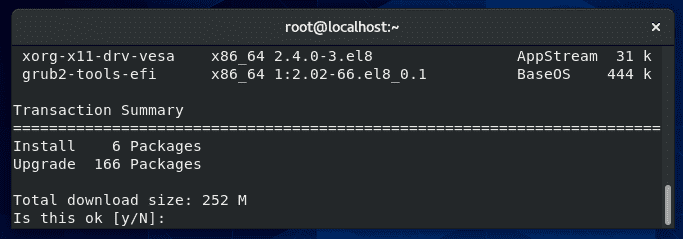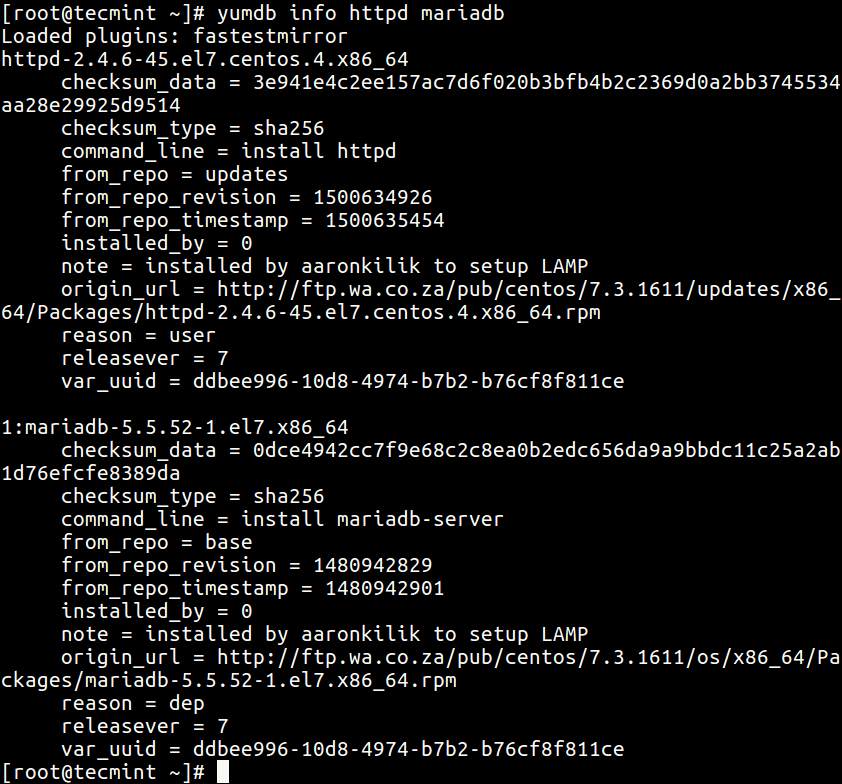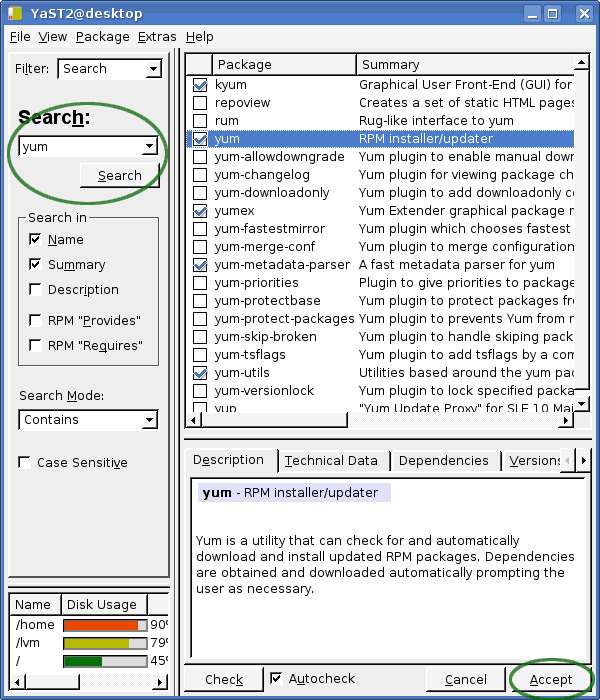
The most common way to check what you’ve installed with yum is to run the following command:įor example, we can see that “yum install httpd” was responsible for the two packages marked in the red box.

The Problem with the “yum history” Command It’s important because if you’re setting up a new server, you might want to know what packages to install manually in order to replicate your current system.

In an OS like Windows, the “Add/Remove Programs” shows you what you’ve installed. This can lead to problems when you’re trying to see what you installed on your system manually. Yum doesn’t really make a distinction between packages that were installed manually and those that were installed automatically as dependencies. This works great – except for one problem.

So for example, if you install package “A” that requires “B” and “C” to function, yum will automatically install “B” and “C” for you without you needing to worry about doing so manually. Like other package managers for distros such as Ubuntu, it allows you to easily add, remove, and update software on your Linux distro. How to List Manually Installed Packages on CentOS/RHEL Posted on December 11, 2017ĬentOS ships with “yum”, which is the default package manager for RHEL based systems.


 0 kommentar(er)
0 kommentar(er)
